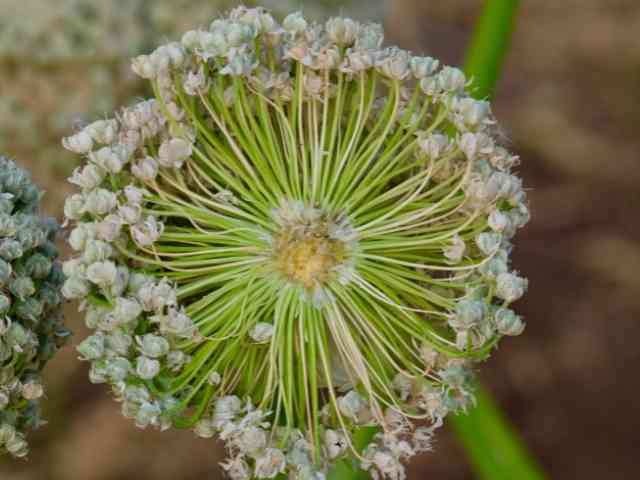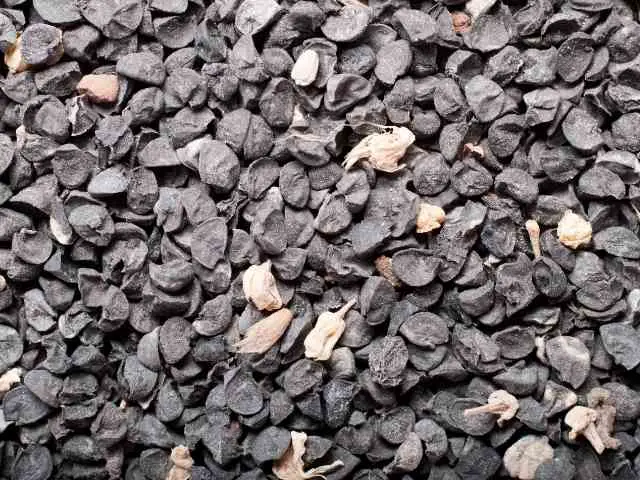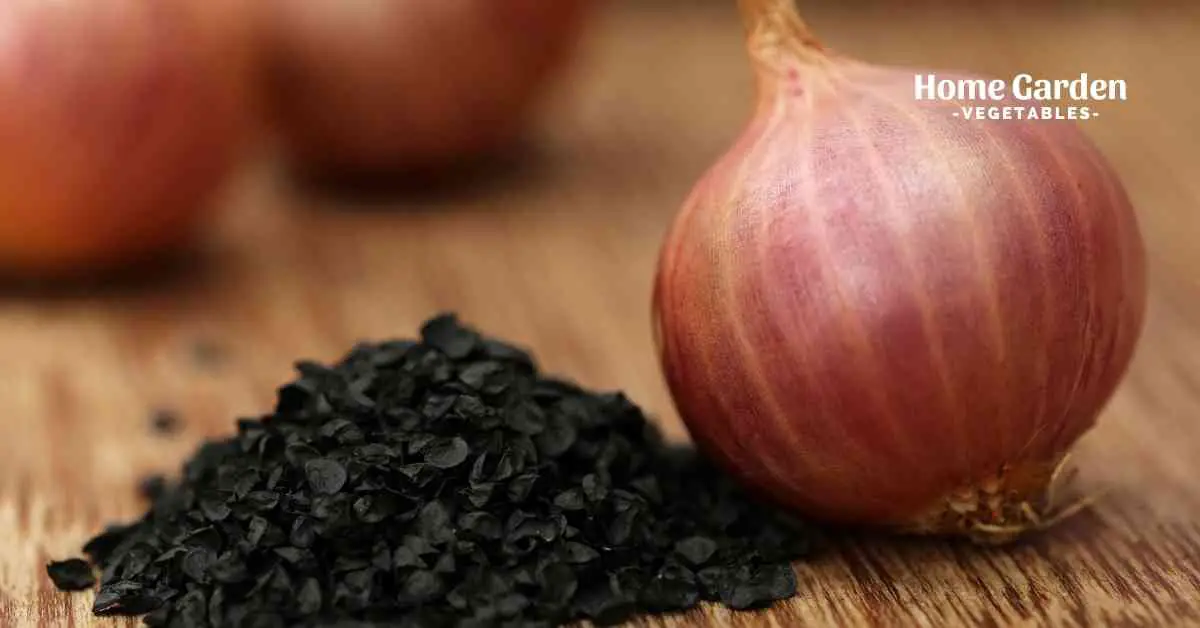Nothing beats the taste of fresh onion right from your garden. They are a sight to behold, whether they’re the slender green ones in your salad or the big juicy slice on your burger. You can easily grow onions at home using its seeds.
Onion seeds are quite easy to produce and gather. The only thing to remember is that onions are biennials, which means they only flower every two years. You may create a healthy reserve of onion seeds by cultivating and conserving them for next year’s crop, eating directly, or sprouting.
Reader Poll: What online courses would interest you?

How Do Onion Seeds Look Like?
Onion seeds are much similar to black seeds – small and black – apparently the same. However, the main difference between onion seeds and black seeds is the black seeds are somewhat flattened as compared to the earlier.
What is the Best Time to Grow Onion?
Onions are resilient plants that can thrive at practically any time of year as far as temperature is concerned. Many people plant seeds in late summer or early fall for an overwintered spring crop, or in early spring for an early summer harvest.
When it comes to nailing the time for onion planting, the day duration for bulbing is the most critical factor to consider. These plants require a particular amount of hours of daylight every growing season in order to create good bulbs. This implies that even if your greenhouse stays at a balmy 80°F throughout winter, you won’t be able to produce bulbing onions in it unless you supplement with grow lights to get summer-like lighting hours.
Subscribe to our newsletter!
How to Get Onion Seeds?
The method of harvesting onion seeds is easy, although it might seem difficult. Onions (Allium cepa) are commonly grown as annuals, however, they are biennial plants.
Onions do not set seed until its second year, after which the seeds can be collected and stored for later use. Onions often cross-pollinate, and unless they are cultivated more than 800 feet away from other types, they may not produce a plant with the same features as the original.
Producing the Crop in the First Year
Onions grow the best in silty loam soils that have an excellent water-holding capacity and a steady water supply. They grow best in dry, hot summers. Onions need a lot of nitrogen and phosphorus, but too much nitrogen might be harmful, so be careful.
For the first year of production, 250-300 onion plants are sufficient. To allow better bulb development, space your plants 3-4 inches apart. After the bulbs have developed, choose the plants depending on the population’s most essential characteristics.
After half of the tops have fallen over, knock down the remaining ones and wait a few days before digging out the bulbs and windrowing them for 1-2 weeks. To avoid sunburn, rotate the bulbs. The tops of the finest onion bulbs should be cut off and kept in burlap bags in a damp, cold (32-34°F) location with sufficient air circulation.
Replanting for Seeds
As onions are extremely outcrossing and insect-pollinated plants, they should be kept at least 0.5-1 mile apart from other onion cultivars. If the variations have different colors and/or forms, greater spacing is required.
To get seeds, choose onion bulbs that are free of illness, sprouting, or elongation after storage. Before planting, cut the top third of each bulb horizontally to examine interior features if selecting for single centers or other internal attributes. Allow for 2-3 days for selected bulbs to recover before transplanting.
To preserve population integrity, at least 120 plants should be employed. The bulbs should be spaced 12 inches apart in 18-24 inch rows.
Clear, warm weather and temperatures between 65°F to 95°F are ideal for seed sets as these conditions aid pollination. During flowering and seed set, avoid overhead watering since it increases the risk of disease.
Seed enters the “dough stage” about 3-4 weeks after fertilization. By this time, the seed should be fully ripe. Once the capsules have opened and the black seeds are visible, you can harvest.
Lay seed pods on garden fabric, 4-6 inches below the umbel.
Allow for up to 2 weeks of drying time and then turn to avoid sunburn if in direct sunlight. It may take up to two weeks to collect all of the bulbs.
Thresh the seed by rubbing it by hand, passing it through screens, or mixing it with other seeds. To completely clean the seed, a combination of winnowing and screening will be required. Please remember that you should finish the whole process in one sitting.

How to Store Onion Seeds?
Onion seeds are viable for one year if stored properly, however, you must store them under suitable circumstances.
- Spread the seeds out on a paper plate and sift through them, discarding any that look to be burnt or shriveled.
- Roll the seeds in your palm to break off and remove any papery husks that may be sticking to the seeds, then blow on the seeds to blow the husks away.
- To store the seeds, pour them into a glass jar.
- Use a desiccant pack to maintain low humidity levels during storage. Use a desiccant pack from a store or you can make your own by wrapping 1 to 2 teaspoons of dried milk in cheesecloth or placing it inside a fillable teabag.
- Keep the seeds in a dark, cool area, such as the refrigerator, where the temperature stays between 32 and 41 degrees Fahrenheit.
Conclusion
Onion seeds are small, black, and somewhat flattened seeds. You can get these seeds from the flowers of onion in their second year of growth. Usually, onion seeds remain viable for a year and allow you to grow a fresh, healthy, and juicy crop.

